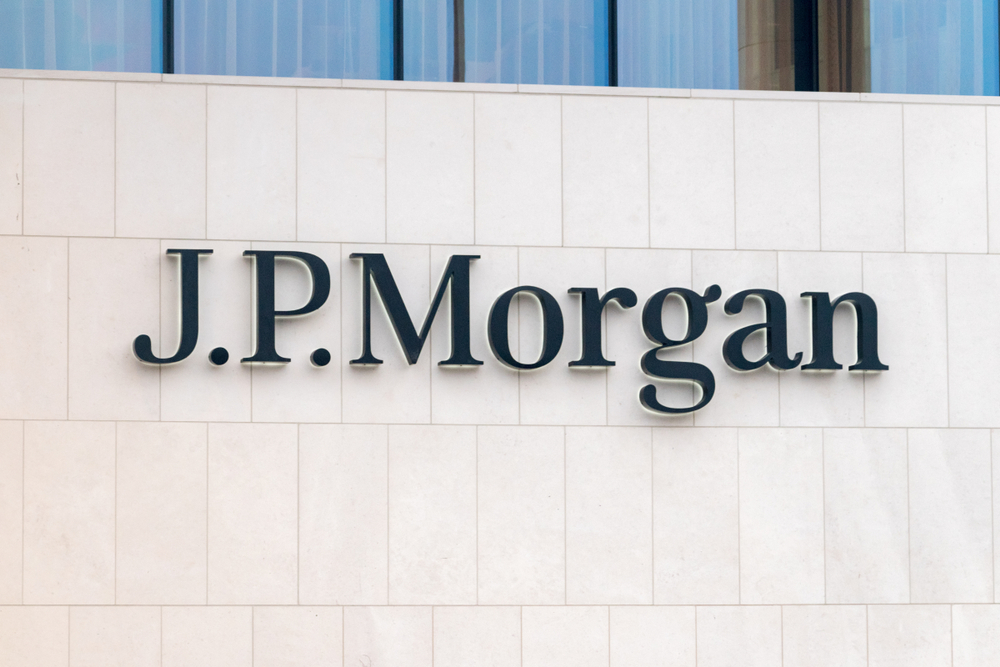Gold Strengthened by Pre-Election Tension and Labor Market Weakness in The U.S.
On Wednesday, October 30, 2024, the spot price of gold on the Comex stock exchange reached $2,801.70 per ounce during Asian trading hours, marking an all-time high at that point. Its rise was fuelled by persistent unrest in the Middle East and pre-election uncertainty in the U.S. Just hours before this record was hit, data showed U.S. job openings dropped by 418,000 from August to September, down to 7.443 million, the lowest level since January 2021. Although labour market weakness increases the likelihood of faster rate cuts, as of October 30, stock markets were still expecting a 0.25% rate cut in November. Immediately after the data release, gold prices saw a slight, short-term dip, but the subsequent rise suggested a gradual absorption of the data by investors.* Attention then shifted to another key indicator: the U.S. quarterly GDP. Assuming authorities continue their efforts to stabilize inflation at 2% by the end of 2025, gold prices could exceed $3,000 per ounce within this timeframe.[2]

Source: comexlive.org*
Silver Also Sees a Strong Market Run
Factors tied to pre-election uncertainty and geopolitical tension are also supporting prices for other precious metals. While gold reached its all-time hight, silver prices neared a 12-year peak, with futures on Comex trading at approximately $34.60 per ounce. Silver has traditionally been seen as a more affordable alternative to gold, though their historical price movements have not always aligned closely. Platinum traded near a five-month high, while palladium reached its highest price since December 2023. Since both metals have broader applications in industry and tech sector, their prices tend to be more volatile, impacted not only by monetary policy and global uncertainties but also by demand fluctuations.*

Source: comexlive.org*
The U.S. Election Polls Signal a Tight Race
Markets often experience increased volatility ahead of major political events like the upcoming U.S. presidential election. Tensions are rising, not only due to undecisive polls but also because of stark differences in the policy agendas of the presidential candidates, regardless of Congress's composition. In the case of Kamala Harris’ win, greater support for ESG companies and emerging technologies is expected, potentially boosting tech stocks and the AI segment.[3] Conversely, Donald Trump supports traditional fossil fuel-based technologies. His victory could favour the manufacturing and energy industry whilst growth stimulation of large corporations is expected through tax breaks.[4]
Japanese Election Also Played a Role
Japan’s parliamentary election, held on October 27, saw the ruling party lose, leaving future monetary policy decisions uncertain. This year, the Bank of Japan (BoJ) raised interest rates from previous long-standing negative levels, though they remain relatively low at 0.25% compared to Western economies. BoJ's governor is emphasizing the need to assess the risks associated with the U.S. election outcome and its potential far reaching impact on international markets. The Japanese election results have also contributed to uncertainty, further strengthening “safe havens” like gold and silver.*
Inflation Risks Persist
Beyond the U.S. election, conflict in the Middle East and Ukraine remains relevant, as fears of further escalation persist. Israel recently launched a missile strike on Iran's military infrastructure, with Iran promising retaliation. The war in these regions poses risks of renewed high inflation rate due to rise of energy prices. Energy commodities like oil and natural gas are particularly sensitive to geopolitical tensions as they are constantly under threat of supply shortage or sanctions. If inflation in the U.S. and Europe were to return to the high levels seen several months ago, central banks might resort to restrictive monetary policies once again. Although this scenario is perhaps too pessimistic and somewhat unlikely, it should be taken into account.
David Matulay, analyst of InvestingFox
* Data relating to the past are not a guarantee of future returns.
[1,2,3,4] Forward-looking statements represent assumptions and current expectations that may not be accurate or are based on the current economic environment, which may change. These statements are not guarantees of future performance. Forward-looking statements inherently involve risk and uncertainty because they relate to future events and circumstances that cannot be predicted and actual developments and results may differ materially from those expressed or implied in any forward-looking statements.
Warning! This marketing material is not and must not be understood as investment advice. Data relating to the past are not a guarantee of future returns. Investing in foreign currency may affect returns due to fluctuations. All securities transactions can lead to both profits and losses. Forward-looking statements represent assumptions and current expectations that may not be accurate or are based on the current economic environment, which may change. These statements are not guarantees of future performance. InvestingFox is a trademark of CAPITAL MARKETS, o.c.p., a.s. regulated by the National Bank of Slovakia.
Sources:
https://tradingeconomics.com/commodity/gold
 English
English
 Slovak
Slovak
 Czech
Czech
 Hungarian
Hungarian
 Italiano
Italiano
 Polish
Polish





